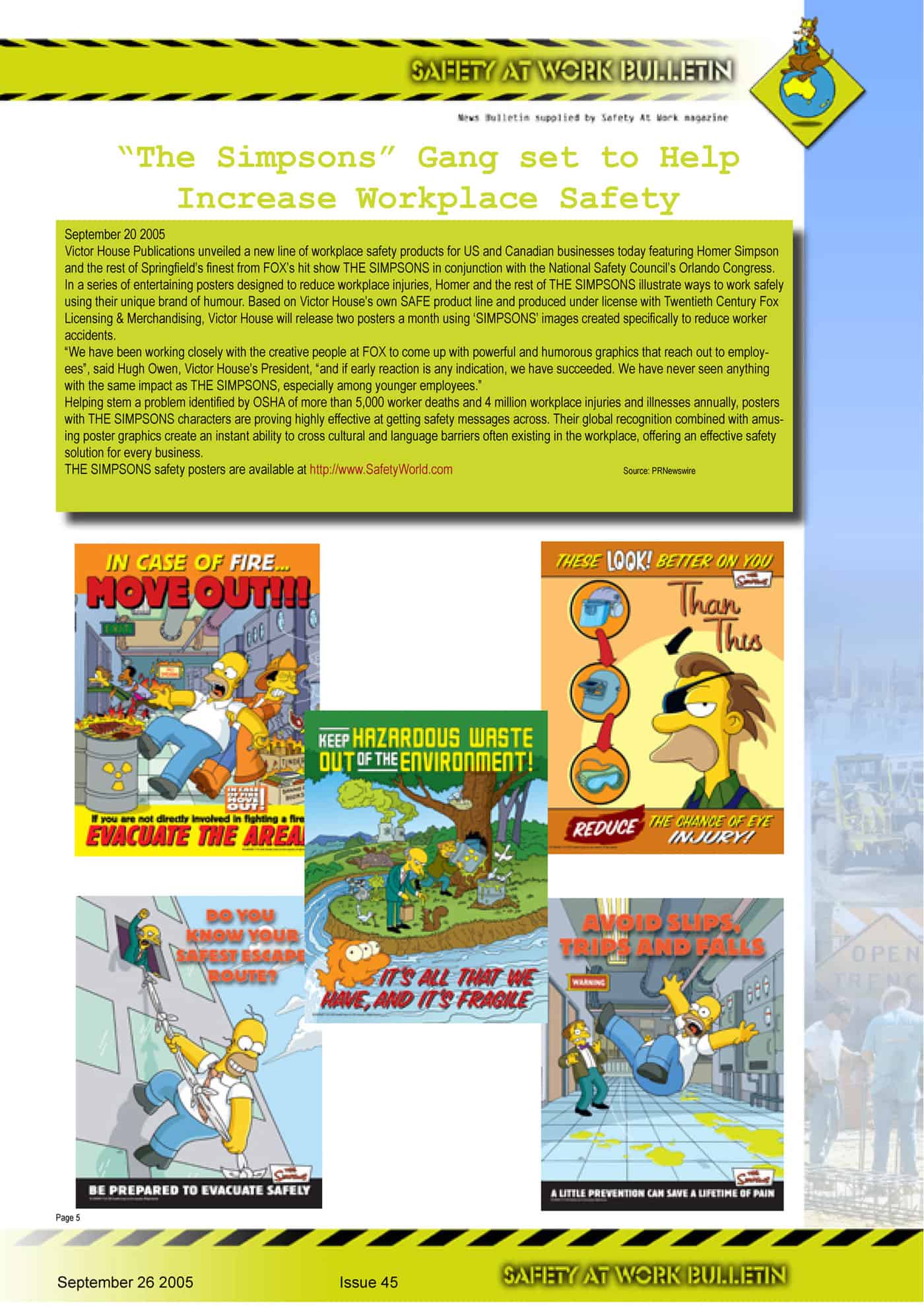In mid-November 2010, a gymnasium in Queensland was fined A$70,000 following the death of a 19-year-old Michelle Maitland. Ms Maitland fell and hit her head on a part of the floor that was not covered by a safety mat. The case has been regularly reported in Queensland media since the death in June 2009 and the reports provide additional details of the fall and the hazard control measures that could be considered.
Workplace Health & Safety Queensland was unable to provide SafetyAtWorkBlog with details of the case or comment as the gymnasium has lodged an appeal against the judgement.
This tragic death is the latest illustration of a challenge that businesses and OHS regulators have faced regularly – the line between public liability and occupational health and safety law. Businesses have applied a rule of thumb where injuries related to work activities are OHS matters but risks presented to customers or visitors who are in the workplace have been dealt with through public liability insurance. The Maitland case shows that businesses may face an insurance payout as well as an OHS prosecution.
The significance of this demarcation will greatly increase with the introduction in Australia of new laws that redefine a “workplace” as wherever work is being undertaken. Continue reading “The intersection of OHS and public liability becomes more urgent”

